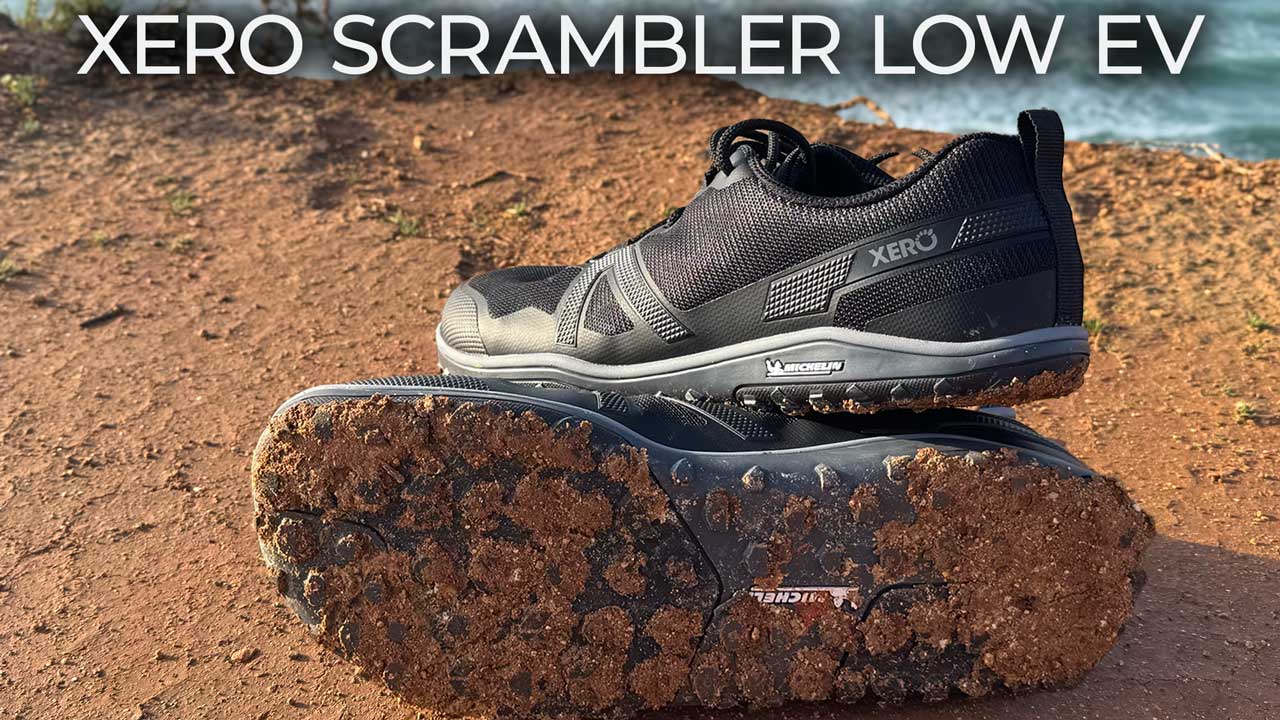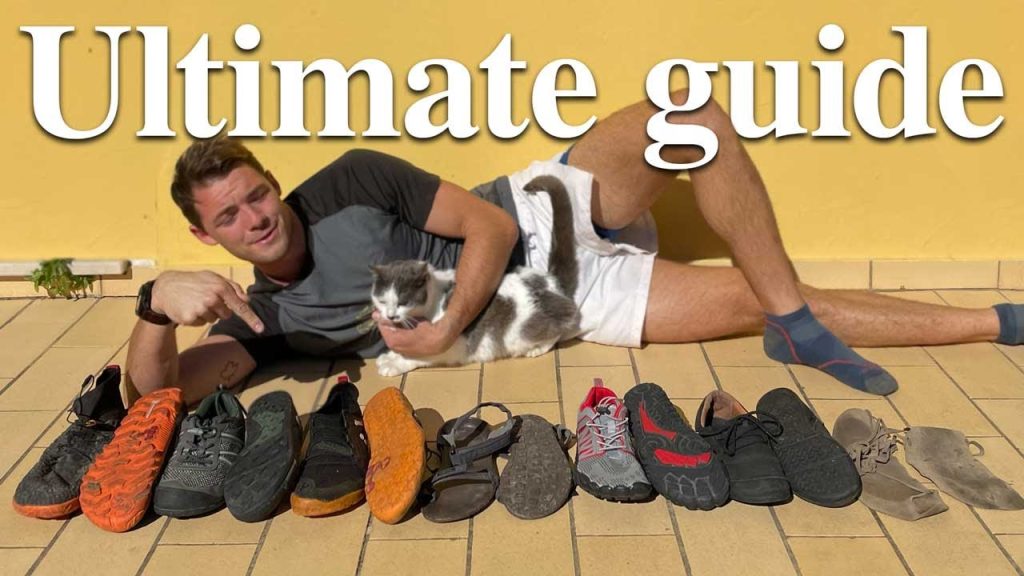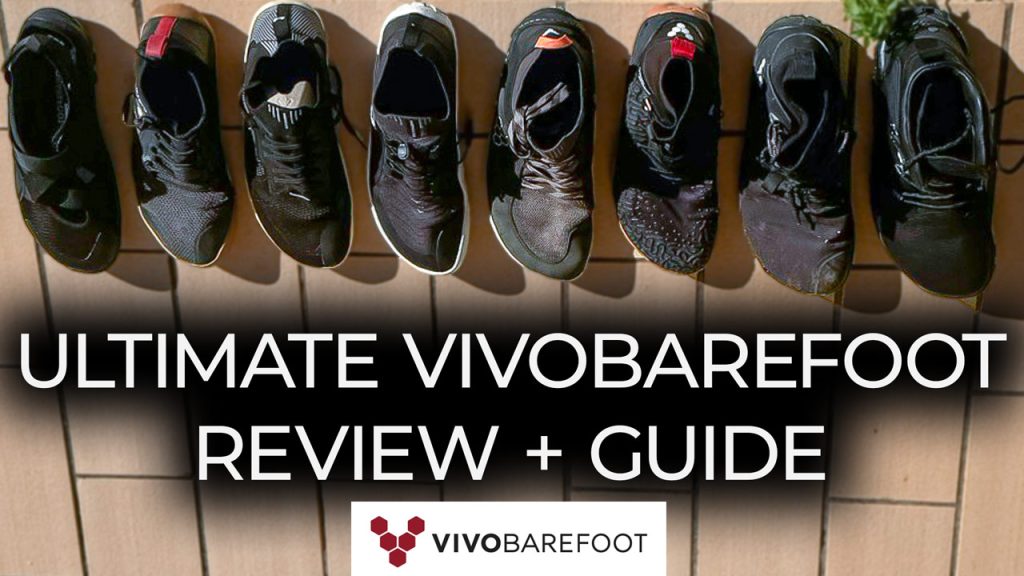- review: Arc’Teryx Gamma lightweight jacket – what OutdoorGearLab doesn’t tell you - October 22, 2025
- Has AI killed it all? The future of this website & my projects - October 12, 2025
- Review: Lono Wild – Best budget barefoot hiking shoes around? - April 30, 2025
No preamble, here’s my honest take and review of the Xero Scrambler Low EV.
For reference, I’m a ‘high-performance’ athlete – I hike, climb, run, bike, paraglide, freedive – so I care a lot about my gear, and especially footwear.
I will cover comfort, build quality, performance, durability, aesthetics, and more in this review.
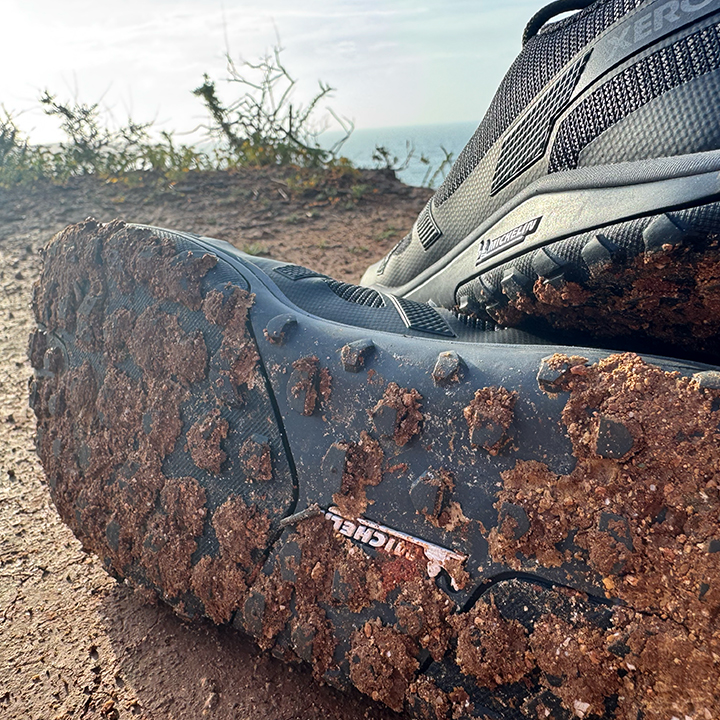

As Xero markets these as a “High Performance Trail Runner”, they’ll be judged as such, and compared to my Vivobarefoot Primus Trails – my favourite shoe of all time. They are the exact same price at $160, so it’s a fair comparison.
Check out my ultimate Xero shoes buyers guide to help you compare models!
Table of Contents
Comfort
My first most important metric – how do they feel, and can I wear them day after day?
And this is where it already stands out quite a lot from other barefoot shoes. The sole is relatively stiff and strong – for better and for worse.
On the better side of the coin, this reduces the amount of pressure those small pointy rocks and debris put on your foot, potentially reducing fatigue and makes it an easier transition for those putting on barefoot shoes for the first time.
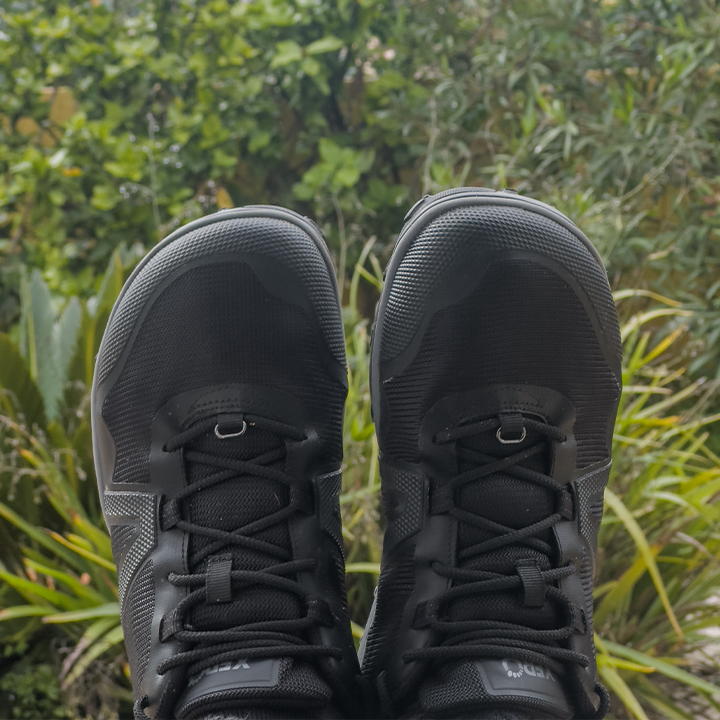

On the worse side of the coin, this reduces the feedback and flexibility that you get from the terrain. Of course, this reduces that barefoot feeling you may be looking for. The insole is also soft and cushy – which also, pro or con, depending on who you are.
The stack height also feels dramatically different than say Vivobarefoot shoes and it feels as though I’m a good few cm taller. That’s also without the insole in!
With that said, the materials are right in between being firm and supple. For comfort I’d say they’re good, but not world-class. They ventilate quite well from the mesh upper and overall I’d say they’re a reasonably comfortable shoe.


Performance
That strong Michelin Fiberlite sole does a great job at giving you a firm grasp on whichever terrain you’re on. It sheds mud and clay pretty well and overall in terms of grip they’re great.
Paired with the ventilation and overall feeling and you’ve got a rugged yet lightweight shoe. As they market it as a ‘High Performance Trail Runner’, I’d say it does really quite well at that.
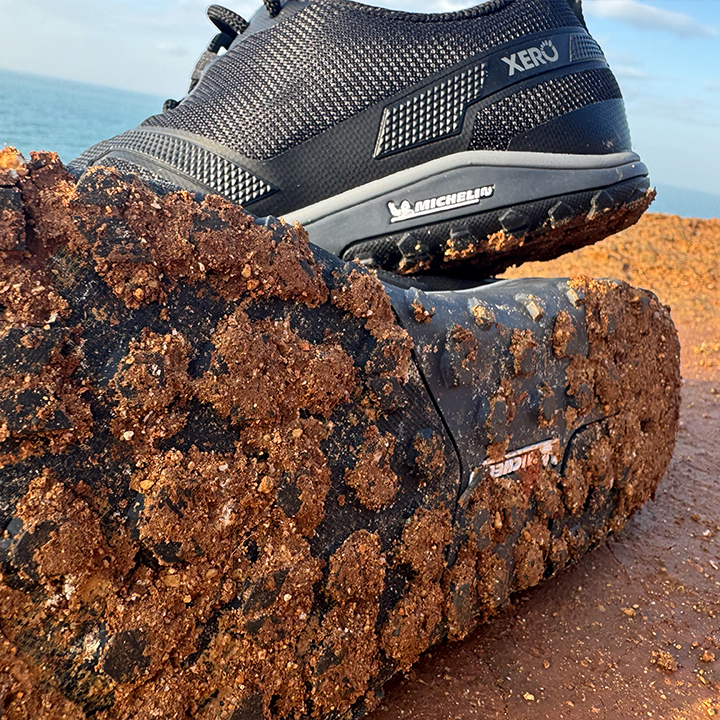

With that being said, I found the foot-feeling to be more on the lightweight hiking shoe end rather than an agile high-performance runner, like say the Vivobarefoot Primus Trail.
The tread on the Scrambler Low EV, I believe is grippier than that on the Primus Trails, at least on uneven surface. The lesser surface area from the big lugs will reduce grip on pavement/flat surface – think ball sports or running on flat surfaces.


I personally would be comfortable using these for a trail marathon, however in the end I would prefer my Primus Trails, but maybe I’m just so use to those after ~7 years of using them!


Durability
This is where they seem to stand out against the Vivobarefoot offerings.
Now, I’ve only had them for a short term, so my take on durability I’ll have to update as time goes on.v
However, the strength of the sole, the strong mesh, and apparent material choice leaves me to think that these will last a long time. The sole is glued on, so I will also have to see if that generates some issues or not.
So, with my limited time of use it’s hard for me to conclude here, but it seems that these are built to last.
Build quality
One thing has been consistent to me over the years – Xero makes long-lasting shoes. I found Xero shoes to generally last longer than Vivobarefoot options, which can save you money in the long term.
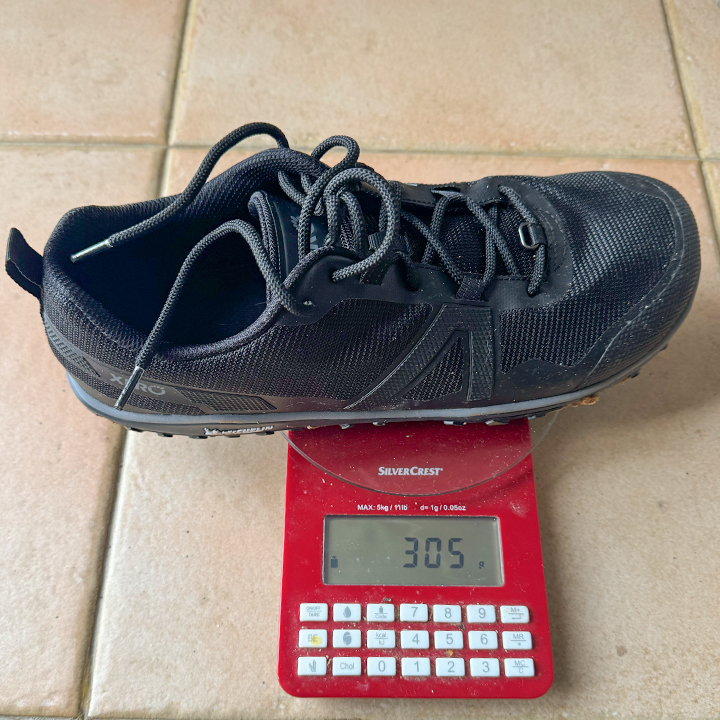

However, I found at the same time they have a less premium feeling and this is still consistent. Something about their construction/feeling feels second-class to Vivobarefoots general mastery of quality materials.
This is not to say that Xero shoes aren’t built well – they certainly are – but they are quite evidently not as high-end as how Vivos feel. Something about the textures, design, aesthetics, and overall feeling.
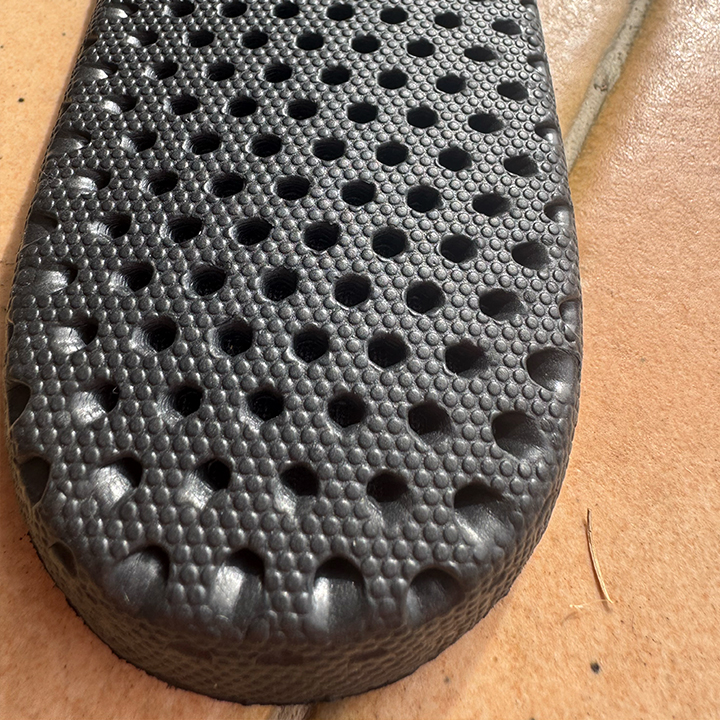

The insole itself is quite impressive with its perforated foam and adds a good amount of squish and ventilation –
The Michelin Fiberlite Sole is certainly premium, but if it were sewn-on it would bump the build quality up a good notch or two.
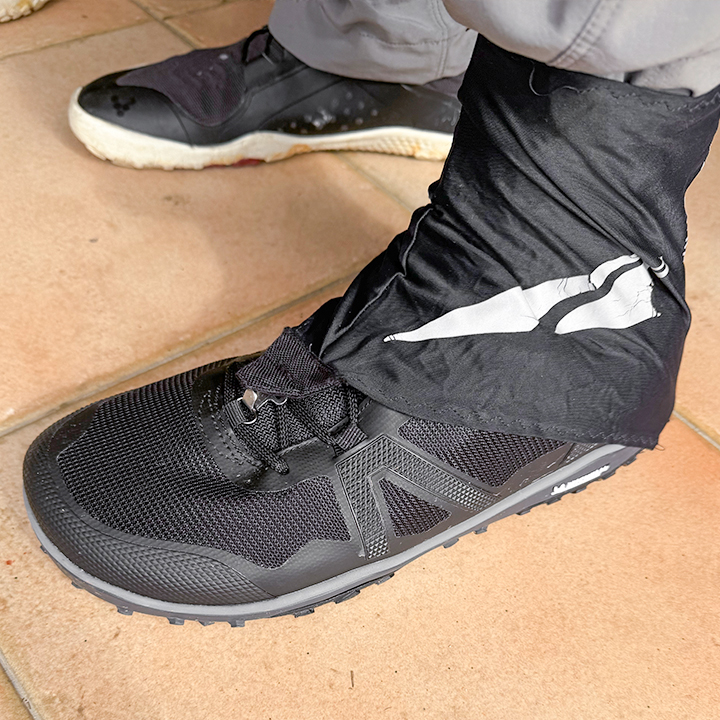

Also, something I really enjoy about these shoes is the built-in gaiter loop, which gives you a spot to hook your trail gaiter on to reduce the debris of even rain from coming into your shoe – this is a clear win over other brands!


Aesthetics
This is where they fall flat – or at least in the eyes of my fashion-conscious housemate.
As she says “They look like the shoes my (Polish) father would buy from the market.”
Personally, I think they look like run-of-the-mill hiking shoes. Nothing fancy, nothing special, not bad, not good. Totally in the middle and if you don’t really care about fashion or aesthetics, that’s fine!


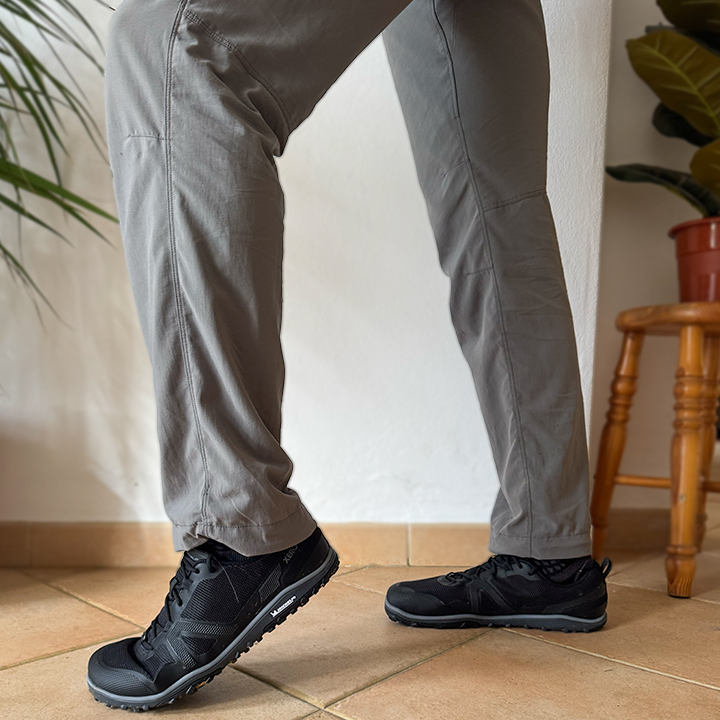

Now, will the trees, rocks, or squirrels on the trail care at all what your footwear looks like? Hopefully not..
But, I wouldn’t expect to be getting any fancy dates going your way if you rock up in these.


I personally do care a bit about how my footwear looks and the Vivobarefoot Primus Trails take a win here. All up to you in the end.


Conclusion
Overall I think they’re very good shoes for trails, hiking, trail running, mountain sport, and all that! They are tough, built well, have that trail gaiter loop, and do exactly as they say.
Particularly if you’re new to barefoot and are sensitive/don’t want to feel the pokies and intricacies of the terrain underneath you, then they’re certainly a better choice over other brands.
Especially for durability and longevity which will save you some money in the long term.
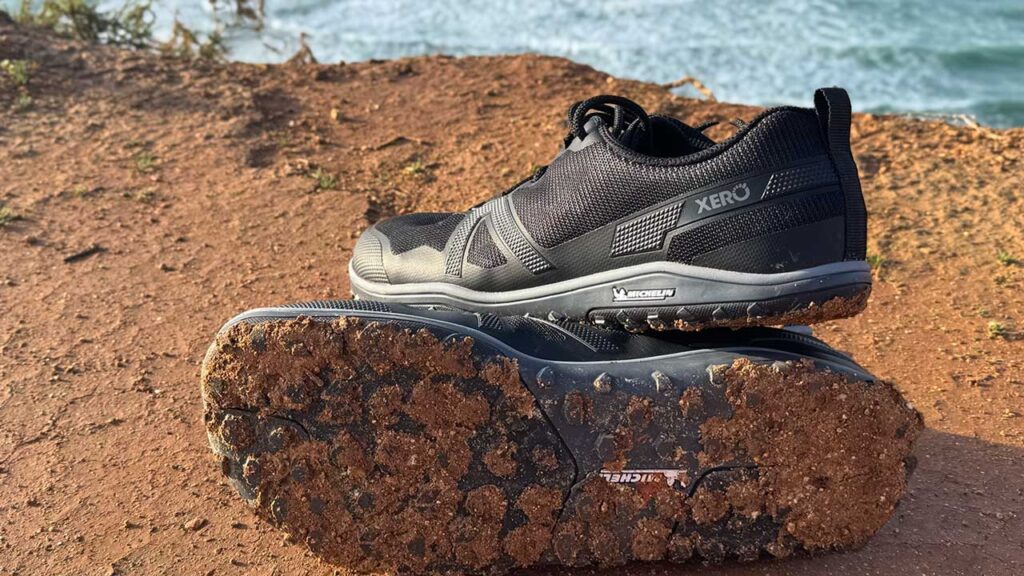

Personally, I’m glad to sacrifice on durability and highly prefer a raw barefoot-feeling between me and the floor, so that’s where I choose my Primus Trails still. They are the exact same price at $160, so it’s a fair comparison.
In the end it comes down to durability, toughness, and strong grip vs agility, flexibility, and aesthetics. That is then your choice!


Check my complimentary review on its brother, the Xero Scrambler Trail Mid WP, to see how those stack up.
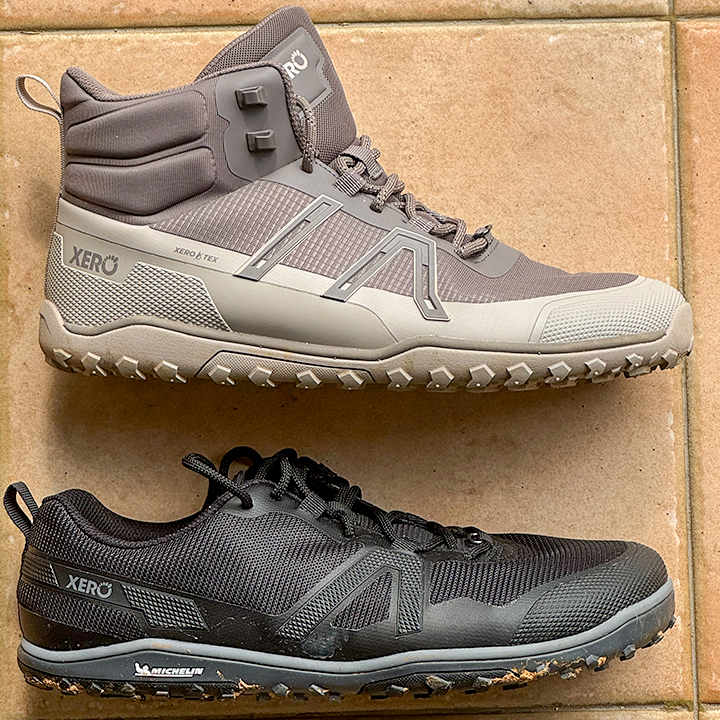

Also, if you’re wondering if you should get the Scrambler Low EV vs the Scrambler Low WP – go for the EV model, because if you want waterproof, better go with the higher-ankle option (the Scrambler Trail Mid WP).
Questions? Drop them down below and I’ll gladly answer. Peace!
Check out my ultimate Xero shoes buyers guide to help you compare models!
Xero Scrambler Low EV
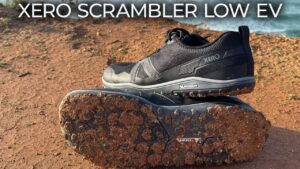

High Performance Barefoot Trail Running shoes - made for hiking, trails, and everything outdoors.
Product Brand: Xero
4.47
Pros
- Durable
- Grippy
- Breathable
Cons
- Aesthetics
- Barefoot feeling
- Stiffness

